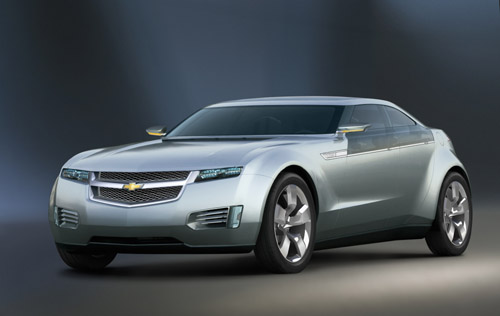(Source: BBC & NYTIMES)
Toyota, the world’s biggest carmaker, has made its worst annual loss as the global economic downturn has hit demand for its vehicles. The Japanese company said it made a net loss of 436.94bn yen ($4.4bn; £2.9bn) in the year to 31 March, compared with a record profit the year before.

Toyota said expected to make a bigger loss in the current financial year. Like many of its rivals, Toyota has cut production, including at its UK plants, as sales have declined. Toyota also blamed the loss on high raw materials prices and a strong yen, which makes its cars more expensive overseas. “Both revenues and profits declined severely during this period,” said Toyota president Katsuaki Watanabe. He said the loss “was a consequence of the significant deterioration in vehicle sales, particularly in the US and Europe”.
Toyota said it expected to make a net loss of 550bn yen ($5.5bn; £3.7bn) in the financial year ending in March 2010.
Analysts say Toyota has strong cash reserves, and is far from the bankruptcy that has claimed the American carmaker Chrysler and that threatens General Motors. Despite a $15.4 billion infusion in U.S. government loans, General Motors burned through about $10 billion in the first quarter, driving its cash reserves down to a bare minimum and putting it on the brink of collapse.
Still, Standard & Poor’s, the ratings agency, on Friday lowered its long-term credit rating on Toyota a notch to AA, the third-highest rating, and gave a “negative” outlook for the company.
“Toyota maintains a minimal financial risk profile, characterized by a strong capital structure with massive liquidity,” Standard & Poor’s said in a statement. But with auto demand forecast to remain sluggish into 2010, Toyota will likely struggle before it can stage a recovery, Standard & Poor’s said.
Toyota’s latest forecast paints a grim picture for the year ahead. Toyota has been hit hard in its biggest market, the United States, where sales have plunged and show few signs of recovering.
In April, Toyota sold 126,540 cars in the United States — a 42 percent drop from a year earlier — slipping behind Ford Motor, which sold almost 130,000 cars.
Toyota has also suffered double-digit percentage drops in Japan as well as in China, where it is losing out to rivals with a wider lineup of smaller cars that have surged in popularity.
Toyota sold 7.56 million vehicles in fiscal 2008, down from 8.91 million units in its blockbuster 2007.
The company has so far held off from laying off permanent workers, who enjoy lifetime employment guarantees. Toyota says that guarantee is a key part of its “kaizen” management principle, in which workers are required to constantly suggest ways to be more productive. But some analysts question how long Toyota can hold off from deeper cuts.
Toyota is counting on its third-generation Prius hybrid, which will be unveiled later this month in Japan, to buoy sales. But the automaker faces stiff competition from its Japanese rival, Honda Motor, whose low-cost Insight hybrid is expected to eat into Toyota’s market share.
In a filing with the Japanese Finance Ministry, it indicated it may sell as many as ¥700 billion in bonds in the next two years, Bloomberg news reported.
The automaker is also rallying around its iconic founding family, tapping Akio Toyoda, the company founder’s grandson, to replace Mr. Watanabe next month. Mr. Toyoda has said he will focus on “green” technology like hybrids and plug-in electric vehicles to bring about a long-term recovery.
The automaker could also benefit from Japanese government stimulus efforts.
Last month, officials unveiled a so-called cash-for clunkers program under which car owners who upgrade to “green” vehicles from cars that are at least 13 years old will receive government subsidies.












